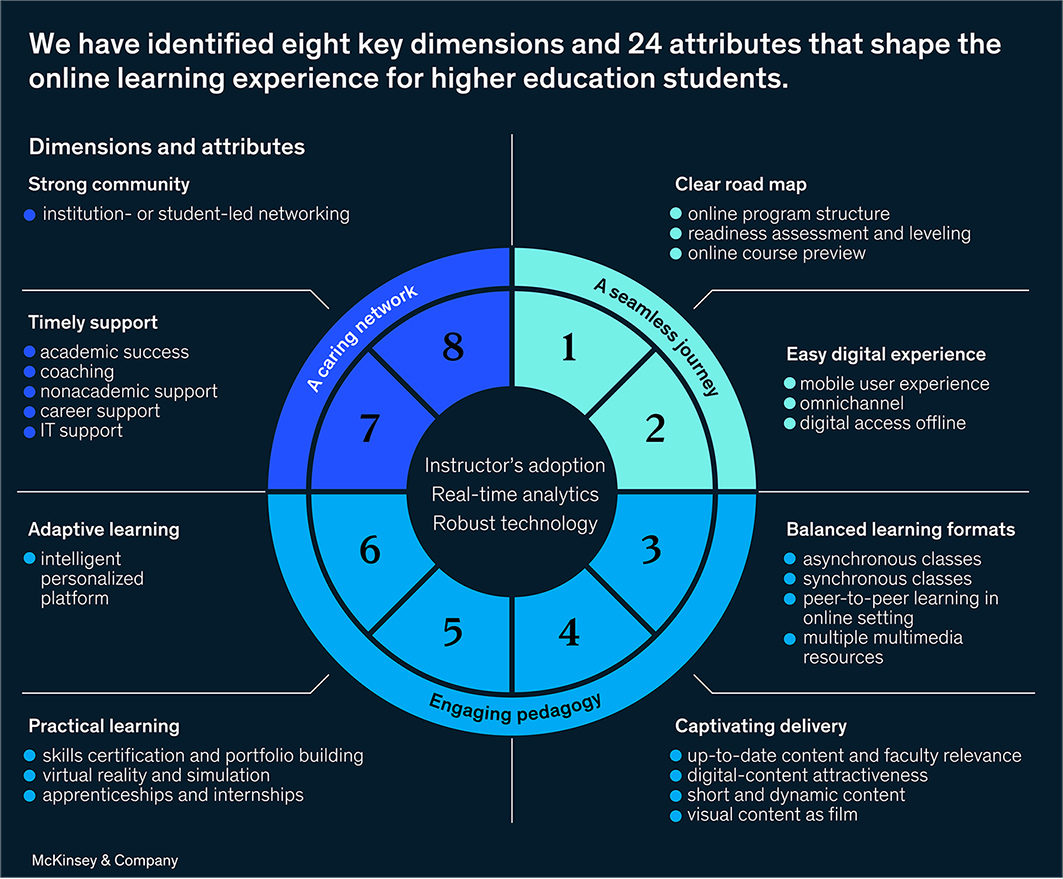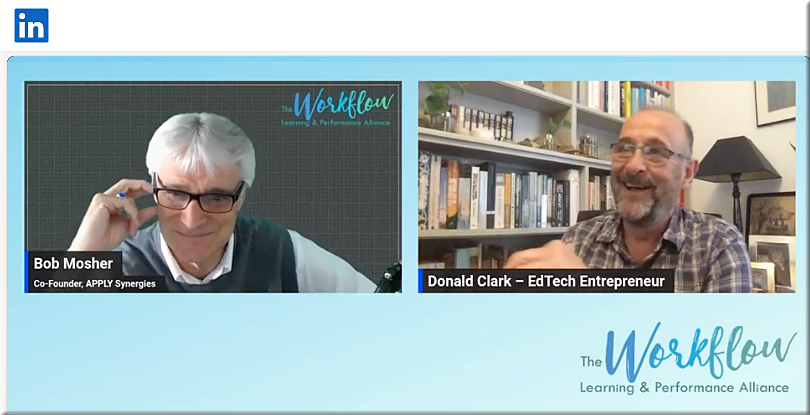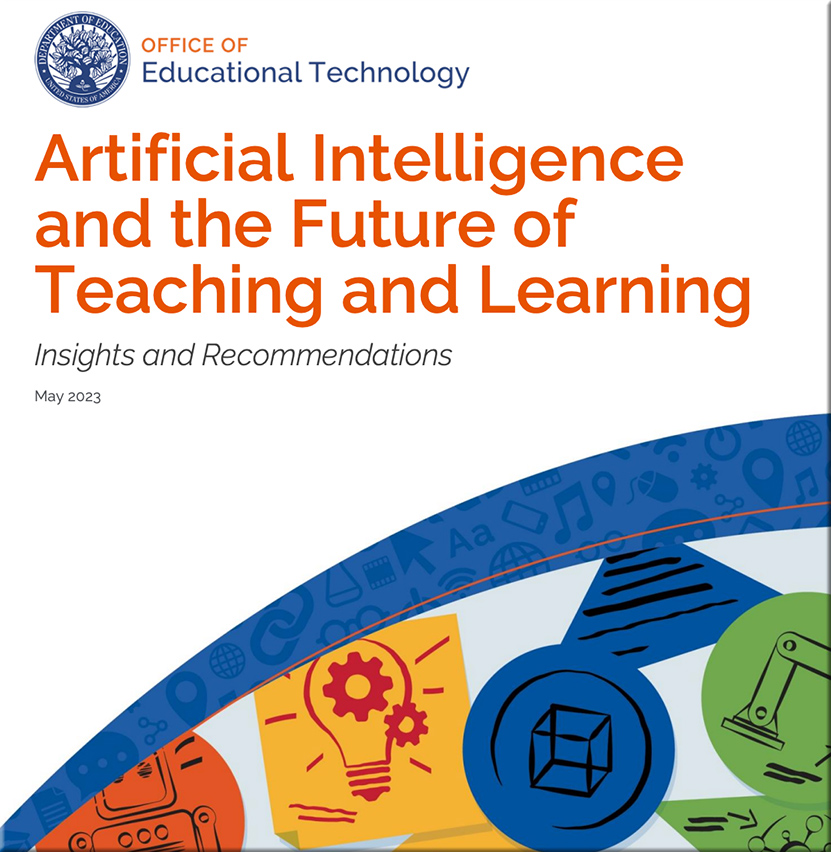The Cambrian Explosion of AI Edtech Is Here — from edtechinsiders.substack.com by Alex Sarlin, Sarah Morin, and Ben Kornell
Excerpt:
Our AI in Edtech Takeaways
After chronicling 160+ AI tools (which is surely only a small fraction of the total), we’re seeing a few clear patterns among the tools that have come out so far- here are 10 categories that are jumping out!
- Virtual Teaching Assistants:
- Virtual Tutors:
- AI-Powered Study Tools:
- Educational Content Creation:
- Educational Search:
- Auto-generated Learning Paths:
- AI-Powered Research:
- Speak to Characters:
- Grammar and Writing:
- AI Cheating Detection:
Excerpt:
“I don’t usually get worked up about announcements but I see promise in JFF’s plans for a new Center for Artificial Intelligence & the Future of Work, in no small part because the organization bridges higher ed, K-12 education, employers, and policymakers.”
Goldie Blumenstyk
Goldie’s article links to:
Jobs for the Future Launches New Center for Artificial Intelligence & the Future of Work — from archive.jff.org
Center launches as JFF releases preliminary survey data which finds a majority of workers feel they need new skills and training to prepare for AI’s future impact.
Excerpt:
BOSTON June 14, 2023 —Jobs for the Future (JFF), a national nonprofit that drives transformation in the U.S. education and workforce systems, today announced the launch of its new Center for Artificial Intelligence &the Future of Work. This center will play an integral role in JFF’s mission and newly announced 10-year North Star goal to help 75 million people facing systemic barriers to advancement work in quality jobs. As AI’s explosive growth reshapes every aspect of how we learn, work, and live, this new center will serve as a nexus of collaboration among stakeholders from every part of the education-to-career ecosystem to explore the most promising opportunities—and profound challenges—of AI’s potential to advance an accessible and equitable future of learning and work.
OpenAI Considers ‘App Store’ For ChatGPT — from searchenginejournal.com by; with thanks to Barsee at AI Valley for this resource
OpenAI explores launching an ‘app store’ for AI models, potentially challenging current partners and expanding customer reach.
Highlights:
- OpenAI considers launching an ‘app store’ for customized AI chatbots.
- This move could create competition with current partners and extend OpenAI’s customer reach.
- Early interest from companies like Aquant and Khan Academy shows potential, but product development and market positioning challenges remain.
The Rise of AI: New Rules for Super T Professionals and Next Steps for EdLeaders — from gettingsmart.com by Tom Vander Ark
Key Points
- The rise of artificial intelligence, especially generative AI, boosts productivity in content creation–text, code, images and increasingly video.
- Here are six preliminary conclusions about the nature of work and learning.
Wonder Tools: AI to try — from wondertools.substack.com by Jeremy Caplan
9 playful little ways to explore AI
Excerpt:
- Create a personalized children’s story ? | Schrodi
Collaborate with AI on a free customized, illustrated story for someone special. Give your story’s hero a name, pick a genre (e.g. comedy, thriller), choose an illustration style (e.g. watercolor, 3d animation) and provide a prompt to shape a simple story. You can even suggest a moral. After a minute, download a full-color PDF to share. Or print it and read your new mini picture book aloud. - Generate a quiz ? | Piggy
Put in a link, a topic, or some text and you’ll get a quiz you can share, featuring multiple-choice or true-false questions. Example: try this quick entrepreneurship quiz Piggy generated for me.
3 Questions for Coursera About Generative AI in Education — from insidehighered.com by Joshua Kim
How this tech will change the learning experience, course creation and more.
Excerpt (emphasis DSC):
Q: How will generative AI impact teaching and learning in the near and long term?
Baker Stein: One-on-one tutoring at scale is finally being unlocked for learners around the world. This type of quality education is no longer only available to students with the means to hire a private tutor. I’m also particularly excited to see how educators make use of generative AI tools to create courses much faster and likely at a higher quality with increased personalization for each student or even by experimenting with new technologies like extended reality. Professors will be able to put their time toward high-impact activities like mentoring, researching and office hours instead of tedious course-creation tasks. This helps open up the capacity for educators to iterate on their courses faster to keep pace with industry and global changes that may impact their field of study.
Another important use case is how generative AI can serve as a great equalizer for students when it comes to writing, especially second language learners.





















AI-assisted cheating isn’t a temptation if students have a reason to care about their own learning.
Yesterday I happened to listen to two different podcasts that ended up resonating with one another and with an idea that’s been rattling around inside my head with all of this moral uproar about generative AI:
** If we trust students – and earn their trust in return – then they will be far less motivated to cheat with AI or in any other way. **
First, the question of motivation. On the Intentional Teaching podcast, while interviewing James Lang and Michelle Miller on the impact of generative AI, Derek Bruff points out (drawing on Lang’s Cheating Lessons book) that if students have “real motivation to get some meaning out of [an] activity, then there’s far less motivation to just have ChatGPT write it for them.” Real motivation and real meaning FOR THE STUDENT translates into an investment in doing the work themselves.
…
Then I hopped over to one of my favorite podcasts – Teaching in Higher Ed – where Bonni Stachowiak was interviewing Cate Denial about a “pedagogy of kindness,” which is predicated on trusting students and not seeing them as adversaries in the work we’re doing.
So the second key element: being kind and trusting students, which builds a culture of mutual respect and care that again diminishes the likelihood that they will cheat.
…
Again, human-centered learning design seems to address so many of the concerns and challenges of the current moment in higher ed. Maybe it’s time to actually practice it more consistently. #aiineducation #higheredteaching #inclusiveteaching